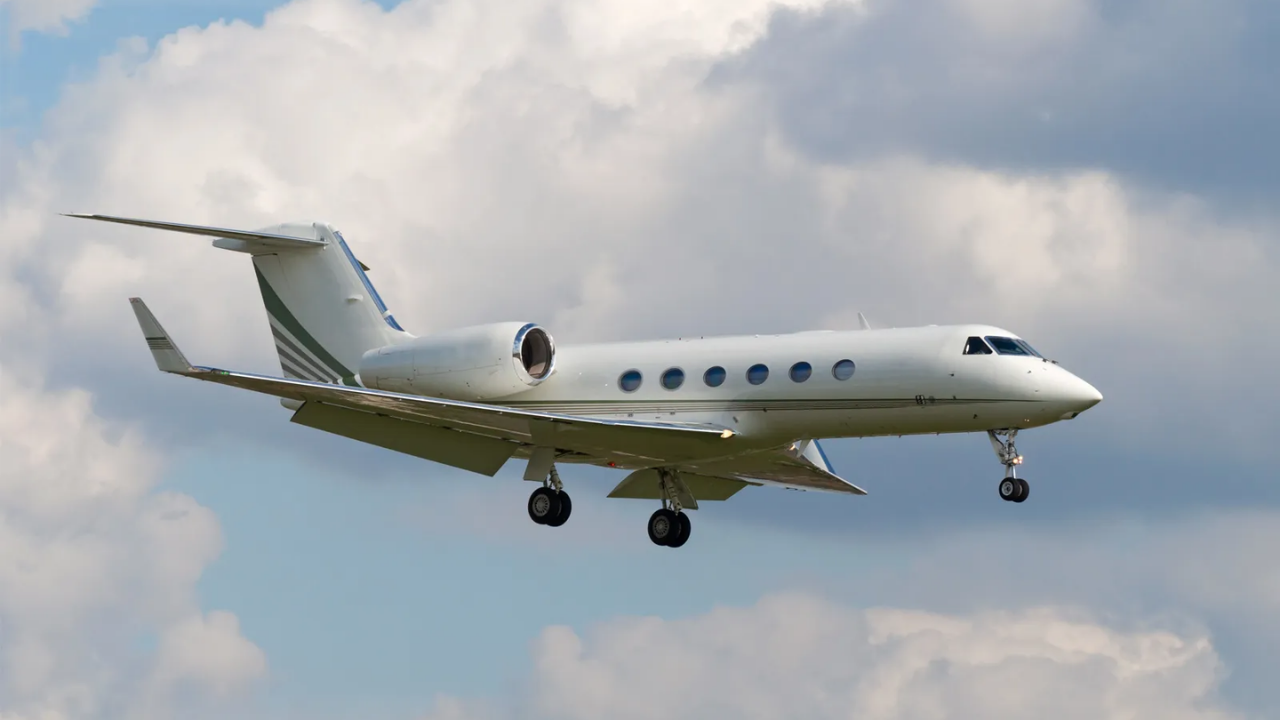Aircraft Rules Amendment: A Landmark Transformation
The aviation landscape in India has been reshaped by the recent changes made to the Aircraft Rules, 1937. These rule amendments, which were officially declared in the Gazette on October 10, 2023, have ushered in a new era of safety and business convenience within the country’s aviation sector.
Inclusive Decision-Making: Aircraft Rules
The decision to amend the Aircraft Rules, 1937 was not made in isolation. It was the outcome of extensive consultations with various stakeholders in the aviation industry. The primary aim was to bolster the existing safety and security framework, making it more resilient and in harmony with international standards.
Embracing Global Norms
One of the most significant achievements of these rule changes is the alignment of India’s aviation regulations with the International Civil Aviation Organization’s (ICAO) Standards and Recommended Practices (SARPs). This synchronization with international standards represents a significant stride towards augmenting aviation safety and competitiveness on a global scale.
License Renewal Simplified
Among the noteworthy amendments is the modification of Rule 39C. Under these new rules, licenses for Airline Transport Pilot License (ATPL) and Commercial Pilot License (CPL) holders now remain valid for ten years, up from the previous five-year period. This extended timeframe is anticipated to lighten the administrative load on pilots and aviation authorities, thereby streamlining the licensing process.
Illuminating the “False Lights” Issue
Another critical aspect of the revised rules is centered around Rule 66, which deals with concerns regarding the display of “false lights” near aerodromes. The amended regulations provide a clear definition of what constitutes a “light,” encompassing lantern lights, wish kites, and laser lights. The government’s jurisdiction over individuals exhibiting such lights has been expanded from 5 kilometers to 5 nautical miles around an aerodrome. In cases where these lights disrupt aircraft operations or pose hazards, the government is empowered to intervene and extinguish them if they remain unattended for 24 hours. Legal action can be initiated under the Indian Penal Code (IPC). When the source of the observed light cannot be identified or shifts locations, airport or airline operators are mandated to promptly report the incident to the local police station.
Eliminating Unnecessary Aircraft Rules
To keep regulations current with the ever-changing aviation sector, Rule 118, which pertained to the validation of foreign licenses, has been removed. This step simplifies the regulatory landscape and brings it in line with the evolving needs of the industry.
Enhancing Air Traffic Control Operations
The amendments also introduce changes in Schedule III to provide more flexibility regarding recency and competency requirements for Air Traffic Controller License holders. In situations with limited movements or watch hours, Air Traffic Controller license holders must complete a minimum of ten hours of simulated exercises, including emergency scenarios. This is followed by a skill assessment within ten consecutive days of commencing these exercises.
A Monumental Leap for Indian Aviation
To sum it up, the recent changes to the Aircraft Rules, 1937 signify a monumental leap forward in bolstering aviation safety, security, and the ease of conducting business in India’s aviation sector. These reforms are poised to propel the industry into the future, ensuring its prominent position in the global aviation arena while fostering growth and sustainability.
- IBPS PO Vacancy 2025 Out, 5208 Vacancies Released, Latest Update
- Effective Study Strategies for the PFRDA Grade A Statistics
- Antonyms for SSC CHSL, Attempt 40 Questions Practice Set & Know Tips
- SSC CHSL Court Clerk Vs Bank Clerk – Which Job is Better? Know Here
- SSC CHSL Vs Bank Clerk Exam, Which Is Easy To Crack? Check Details

